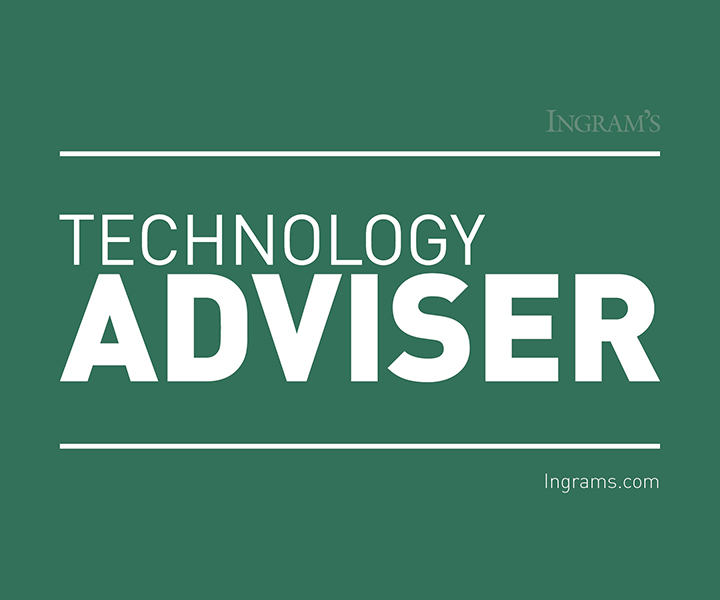HOME | ABOUT US | MEDIA KIT | CONTACT US | INQUIRE
HOME | ABOUT US | MEDIA KIT | CONTACT US | INQUIRE
The promise of new technology, especially in business, is always alluring. But knowing how to correctly apply it is the key.

Being able to find better, more innovative ways to improve quality, increase efficiency or wring out additional profits through emerging technology is an almost irresistible proposition. The truth, however, is that not every technology prediction becomes a reality—and even worse, some create distractions, unnecessary noise and waste money in an always-challenging economic environment. Many emerging technologies are in their infancy; a few are more developed and on the verge of commercial viability. But regardless of what stage these technologies exist, they almost always start at the same place. They begin as an idea to solve a business problem, brought to life by a motivated entrepreneur,  frustrated insider or a development team charged with producing new ideas that create measurable return in investment.
frustrated insider or a development team charged with producing new ideas that create measurable return in investment.
Here are a few ideas for you to consider.
(Not So) Big Data. Big Data: the buzzword that is everywhere, right? If so, how come it seems to be so hard to find this data in a digestible, relevant format? The big data “digital universe” is predicted to reach 4 zettabytes (approximately 4 trillion gigabytes) in 2013. We create 2.5 billion gigabytes of data daily. In fact, 90 percent of the data in the world was created in the past two years. This is beyond the meaning of the word BIG. How do we reduce it down into something bite-sized and still make a big impact?
• Begin by understanding your business goals by making them SMART. Specific, Measurable, Attainable, Relevant and Time-driven. To use big data, get specific little data.
• Next, overlay Objectives, Strategies and Tactics to create a “playbook” for execution. • Now look at your available data to help measure, monitor and inform you about your business. Examples: customer purchase activity, employee absence rates and reasons, Web-site traffic, workflow and capacity utilization, revenue per employee, error rates—you name it. Each metric is a thread in the fabric of big data.
• Evaluate the data that you have available vs. missing data that’s needed to provide a clear view of your operations. Perhaps you are missing order size, frequency and customer status (new or returning) vs. a simple purchase. Maybe you have information on error rates but these measurements come from different, non-standardized error tolerances. Or maybe you are collecting revenue per employee in a manner that you know is inaccurate but needs to be fixed. If you don’t have good data in the right form, you’re engaging in little more than sophisticated guessing.
• Lastly, put together all the data (make sure you correlate the data properly) together in a way that allows you to create actionable insight into your operations. Perhaps now you can better identify true best customers, peak order times, ways to maximize productivity, reduce inefficiency and more. Information becomes knowledge, Big Data becomes valuable.
Technology that provides actionable business insight into Big Data will become an overdue reality soon. Business intelligence, analytics and tools to streamline decision implementation will unlock this value. Look for tools that measure, model, compare, analyze, provide benchmarking, expose sentiment and can present data in an easy to understand format.
What other innovation trends should a business consider in tandem with Big Data?
Internet of Things: Machine-to-machine communications is on the cusp of transforming our business lives. Sensors that can detect certain useful insights and automatically communicate this data to another machine are being produced at lower cost than ever before. Devices and software that turn ordinary business machines into smart machines, provide real-time monitoring and device-to-device interconnectivity, are just a few of the ways that will transform how we collect data and make faster, better business decisions.
Mobile and Bring Your Own Device (BYOD): Mobile is here to stay, but many workplaces forget that employees carry around mini-computers all day in the form of their smartphones, just waiting for the right technologies to be implemented. Having an accessible mobile device in the workplace, on an individual 1:1 basis, allows better communication, effective data collection and geo-fencing capabilities to improve workplace ROI. Smart mobile device strategies will account for more than 50 percent of overall IT market growth in 2013. This appears to be a solid Big Data-related ROI opportunity. Einstein once said, “Not everything that can be counted counts, and not everything that counts can be counted.” Big Data and other technology innovations must be able to produce measurable results to count as a smart investment. Evaluating emerging technologies based on your own business goals, sources of pain and opportunity to unlock value should produce meaningful ROI. Good luck!